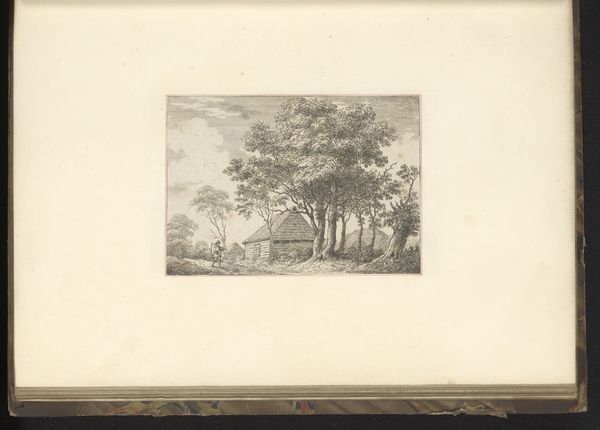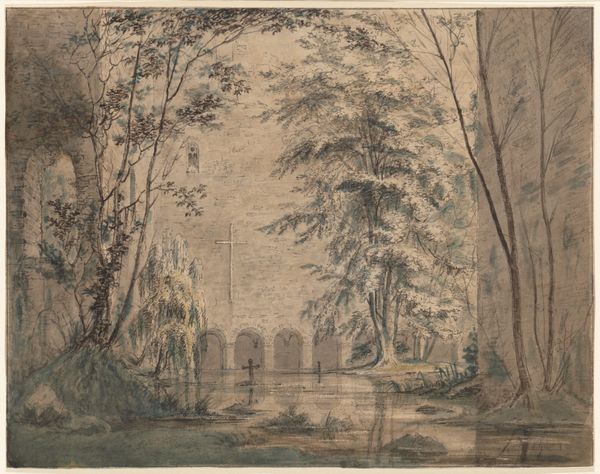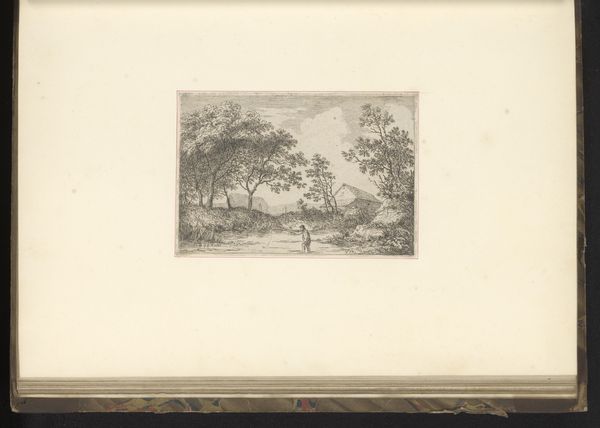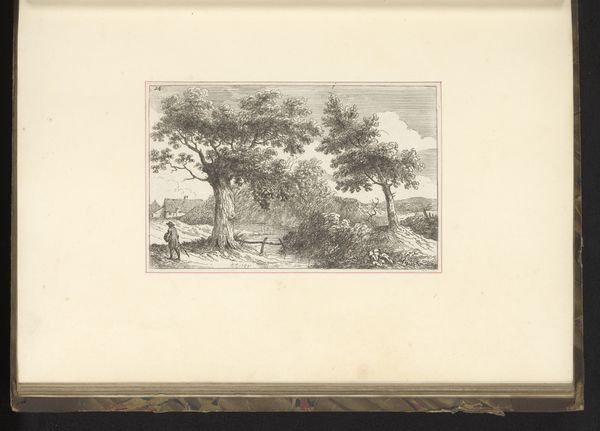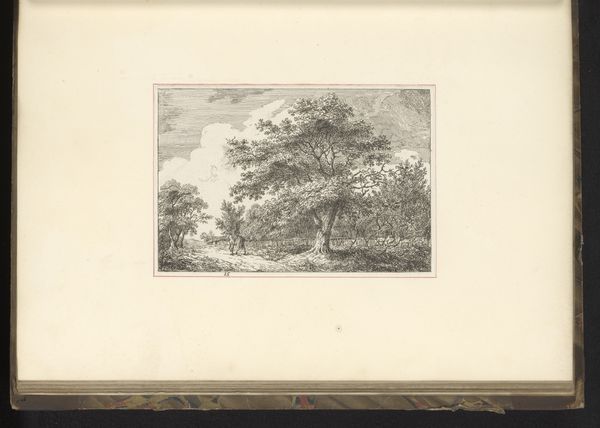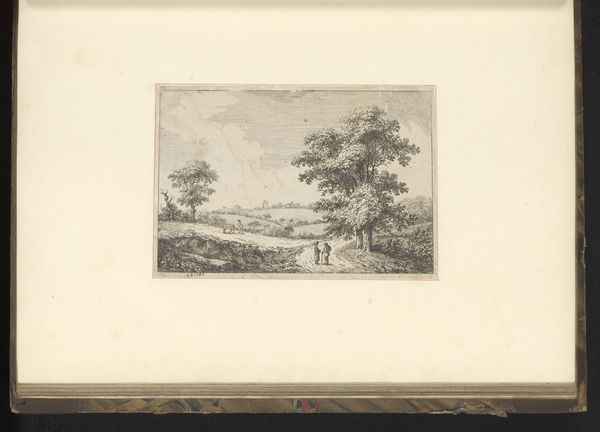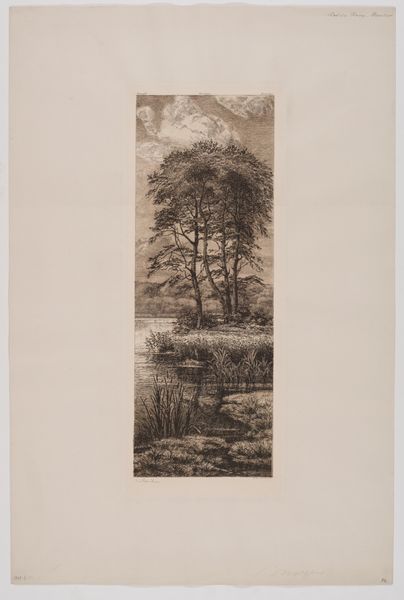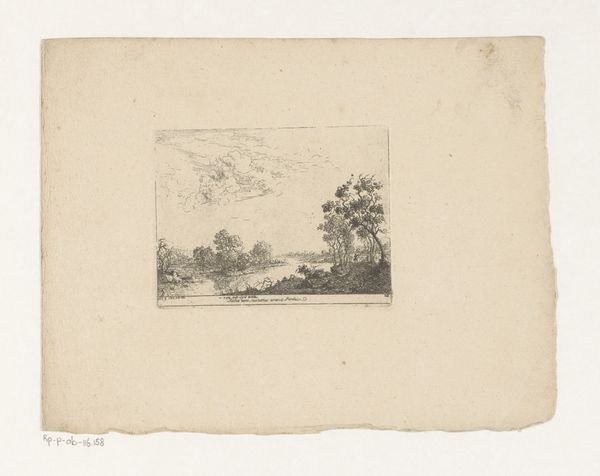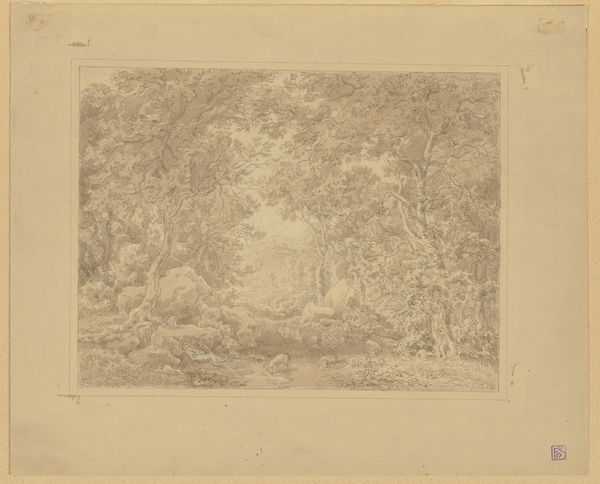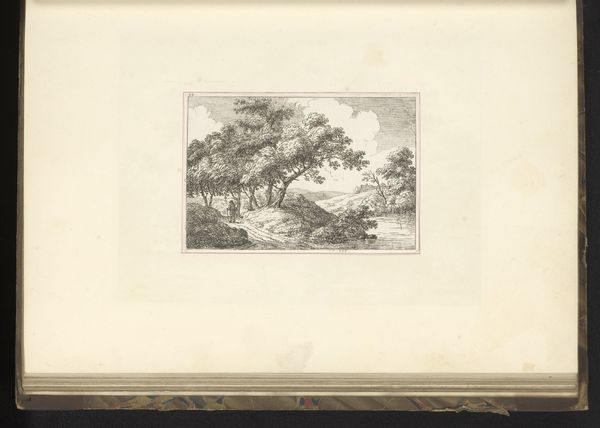
painting, gouache
#
water colours
#
painting
#
gouache
#
landscape
#
oil painting
#
watercolor
Dimensions: overall: 46.8 x 62.5 cm (18 7/16 x 24 5/8 in.)
Copyright: National Gallery of Art: CC0 1.0
Editor: This is George Catlin's "An Indian Village - Shore of the Amazon," dating roughly from 1854 to 1869. It’s a watercolor that offers, at first glance, a somewhat romanticized view of an Indigenous village. I’m curious – how do you interpret this work beyond its surface aesthetic appeal? Curator: It’s crucial to recognize Catlin's work within the context of 19th-century colonial expansion and the romanticization of the "vanishing" Indigenous populations. While seemingly picturesque, pieces like this also served a political purpose, legitimizing claims of territorial acquisition. Editor: So, beyond the landscape, we should be considering its political implications? Curator: Absolutely. Consider the power dynamics at play. Catlin, as a white American artist, is representing, framing, an entire culture and way of life. Whose narrative is privileged here, and at whose expense? Look at the framing of the trees. Editor: You mean the way the trees act almost like curtains at a theatre? Curator: Exactly. Consider this: The composition, the colors, even the very act of painting “An Indian Village” becomes a form of cultural appropriation, distilling a complex reality into a consumable image for a Western audience. Editor: I see your point. The tranquil scene obscures the very real threats these communities faced. So, is there value in viewing the art beyond its historical, problematic context? Curator: Yes, but that viewing must be critical. We can acknowledge the artistry while interrogating the underlying power structures and the artist’s own biases. It becomes an entry point for a larger discussion about representation, colonialism, and the ongoing struggle for Indigenous rights. Editor: This has really given me a new perspective on how to view art critically, not just aesthetically. Curator: Indeed. It's about acknowledging the complexities and sparking dialogues that can drive social awareness and hopefully action.
Comments
No comments
Be the first to comment and join the conversation on the ultimate creative platform.
